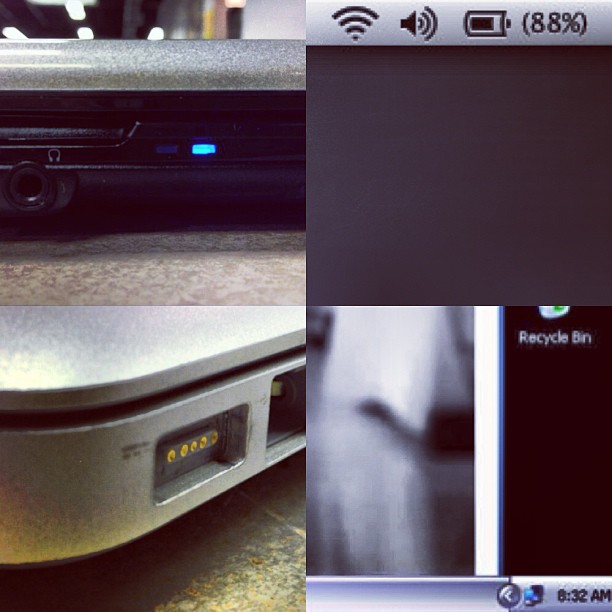Recording From Your Digital Console: Choosing A Computer
 Cutting to the Chase
Buy a Mac.
Cutting to the Chase
Buy a Mac.
But Seriously
Buy a Mac. (Are we beginning to see a bias?) This article is a bit tongue-in-cheek.
My Case Against Windows
Have you ever been computer shopping? On the Windows side of things you have Dell, HP, Gateway, Acer and others. Then there's the specialized machines from companies like ADK, Alienware, or Music XPC. That's seven different manufacturers that I've listed off the top of my head. Some of those companies have as many 15 different product lines. Each one of these uses different chipsets, different USB and Firewire buses. If you want to see what's available feel free to go to a website like Tiger Direct (www.tigerdirect.com) or New Egg (www.newegg.com.)
My point is, the operating system, Windows, has to be compatible with all of these different machines. It also has to work with all of these different parts. That's a lot of programming code. There's a great opportunity for something to just not work quite right. When things do go wrong, who do you call? Microsoft? Dell? The mother board manufacturer?
Finally, what version of Windows do you buy? Home, Professional, Ultimate? 7 or 8? Lots of choices. These choices can affect how your computer and audio hardware interface with each other. I will say this. If you are considering Windows 8 for a recording/production machine- wait. The various audio software/hardware manufacturers still need time to update software/hardware drivers. (I would actually say the same thing if Apple just released a new operating system.)
The Argument for Mac
There was a period in my life that I worked in the Keyboard & Recording department at a chain music store. Typically if a customer purchased any recording, or music creation software from me, I'd offer to help them get it installed if they had issues. Granted at this particular time there was a version of Windows called Media Center Edition. That particular version would absolutely not work with external sound cards. Period. Ever. Other than that, it would often take multiple install attempts to get a particular software working. I rarely had Mac users come in with trouble. Things boil down to this. How much time to you want to spend trouble shooting your gear, vs how much time you want to be using it.
If you happen to visit the Apple website, you'll notice there are only five series of computers. That's considerably less than the plethora of Windows options. Your choices are two laptop lines, and three desktop lines. Then you have to take into consideration that Apple builds it's own computers, and their operating system (OS X.) That has to guarantee a certain level of cooperation between the software and hardware.
My final argument is that OS X, Apple's operating systems supports Aggregate Audio Devices.
What Do Aggregate Devices Do for Me?
In simple terms they allow you to use multiple sound cards within OS X or within applications that support it. Why is this useful? Well, let's look at our scenario from the previous post in this series. In this case there was a digital audio console at front of house, pumping 32 channels of audio to a computer back stage via a Dante network. The computer was using Dante's Virtual Soundcard. Unfortunately, because it was a Windows based machine the only audio device it could use was the virtual sound card.
This was extremely problematic for using local audio monitors. One work around would be to close the session, and then re-open it. Then an Avid M-Box, PreSonus Audio box, or similar device could then be used to connect studio monitors. This would not offer real-time monitoring of input. A second option would be to add another Dante device to the network, in the broadcast room to connect a pair of studio monitors to.
By setting up an aggregate device inside Pro Tools, you can then use the Dante Virtual Soundcard (in this particular case) for input, and select an M-Box or other small interface to use as output for local monitoring.
~Andy
